Welcome to our Bulldog Ownership Guide, where we provide you with essential tips and techniques to become a successful and responsible Bulldog owner. Bulldogs are an intelligent and affectionate breed that requires proper care and training to ensure their well-being and happiness. In this comprehensive guide, we will cover everything you need to know about Bulldog ownership, including caring for their health and grooming needs, training techniques, and understanding their unique behavior.
- Proper care and training are crucial for a Bulldog’s well-being and happiness.
- Caring for a Bulldog’s health and grooming needs is essential.
- Understanding Bulldog behavior and training techniques is key to raising a well-behaved pet.
- Socialization plays an important role in a Bulldog’s development.
- Knowing about common Bulldog health issues and preventive measures can help keep your pet healthy.
Understanding the Bulldog Breed
Bulldogs are a popular breed known for their distinctive appearance and friendly personality. Originally bred for bull-baiting, Bulldogs are now beloved family pets that enjoy lounging and cuddling with their owners.
These dogs are medium-sized with a compact, muscular build and a short, wrinkled face. They typically weigh between 40-50 pounds and stand 12-16 inches tall at the shoulder. Bulldogs have a short, smooth coat that requires minimal grooming.
The Bulldog’s temperament is affectionate, loyal, and patient. They are known for their easy-going nature and enjoy spending time with their family. Bulldogs are also prone to stubbornness, so training and socialization are essential to help them be well-behaved pets.
It’s important to note that Bulldogs are also susceptible to health issues due to their unique physical characteristics. Breathing difficulties, joint problems, and skin allergies are common in Bulldogs. Regular veterinary check-ups and proper care are necessary to maintain the health of your Bulldog.
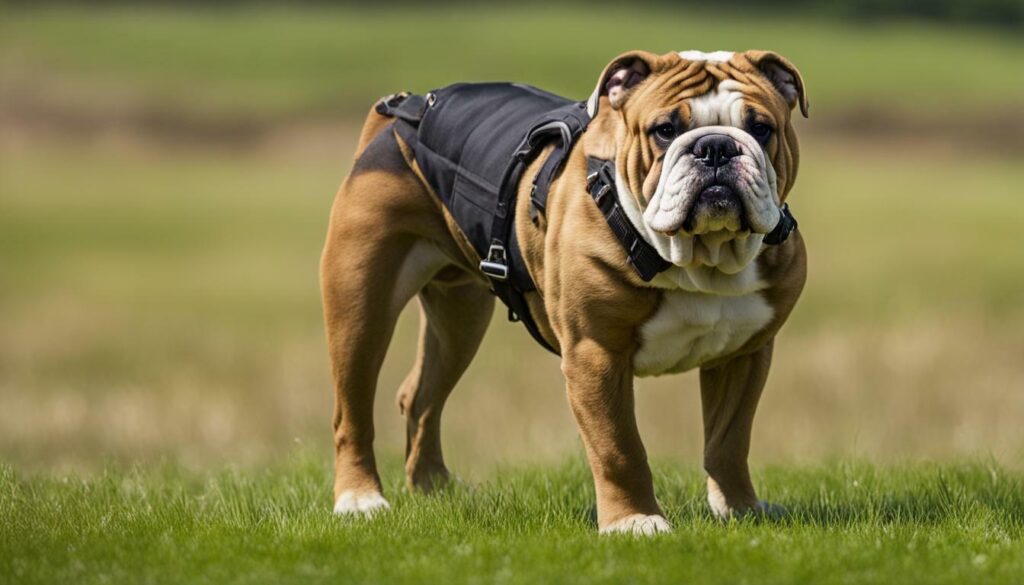
A Bulldog requires proper care to ensure a healthy and happy life. By following these care tips, you can maintain your Bulldog’s well-being and nurture a strong bond with your furry friend.
Bulldog Health
The Bulldog breed is prone to certain health issues, such as breathing difficulties, skin problems, and joint disorders. Regular veterinary check-ups are essential to maintain your Bulldog’s health and address any potential issues promptly. Ensure your Bulldog is up to date on vaccinations and preventative care, such as heartworm and flea and tick prevention.
Bulldog Grooming
Bulldogs have specific grooming needs that require attention. Regular grooming can prevent skin infections and keep your Bulldog looking and feeling their best. Brush your Bulldog’s coat several times a week to remove loose fur and prevent matting. Trim their nails regularly, and clean their ears and teeth as needed.
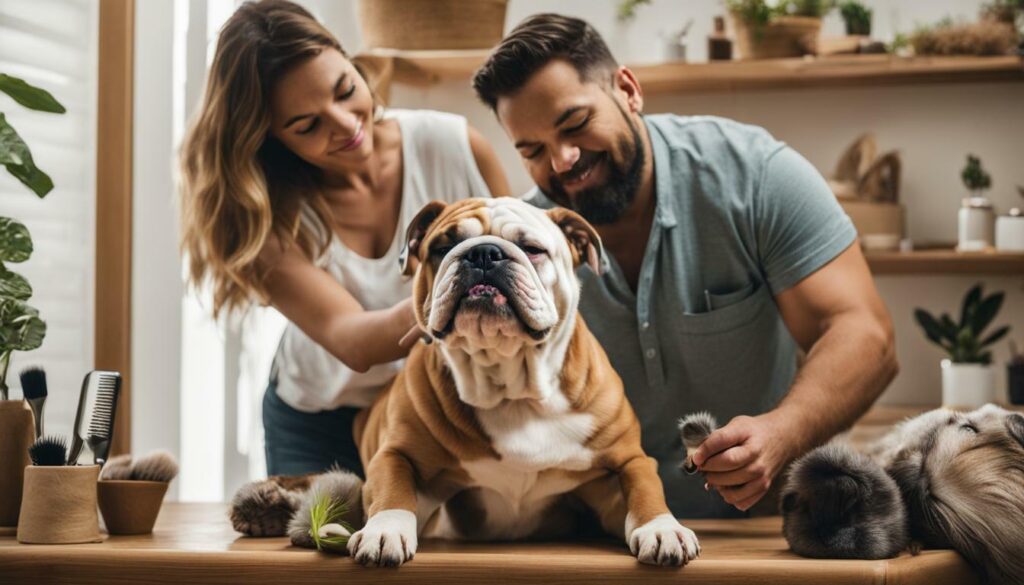
Bulldog Diet
A balanced diet is essential for your Bulldog’s overall health. Provide your Bulldog with high-quality food that meets their nutritional requirements. Avoid overfeeding, which can lead to weight gain and related health issues. Consult with your veterinarian to determine the appropriate portion sizes and feeding schedule for your Bulldog.
Bulldog Exercise
Regular exercise is important to keep your Bulldog physically and mentally stimulated. Take your Bulldog for daily walks and provide toys and games to keep them active. Be mindful of their limitations and avoid excessive exercise, particularly in hot weather, which can lead to overheating and breathing difficulties.
Bulldog Training: Techniques for a Well-Behaved Bulldog
Training a Bulldog can be a challenging but rewarding experience. These dogs can have stubborn personalities, so it’s important to approach training with patience and consistency. Keep in mind that positive reinforcement is key to fostering good behavior in your Bulldog. Punishment and negative reinforcement can lead to anxiety and other behavior problems.
Start with basic commands like sit, stay, come, and heel. Use treats or toys as rewards for good behavior. Consistency is crucial, so make sure everyone in your household is using the same commands and reward system. Bulldogs respond well to short training sessions throughout the day rather than one long session.
Understanding the unique traits of the Bulldog breed can also help tailor your training approach. Bulldogs have a tendency to be territorial, so early socialization is important. They can also be sensitive to heat and exercise intolerance, so be mindful of the environment in which you train them.
Addressing behavioral issues should also be approached with positive reinforcement. For example, if your Bulldog is jumping on people, teach them to sit instead and reward them for doing so. Consistency and patience are key to addressing any problematic behavior.
Remember, training doesn’t stop after puppyhood. Consistent training throughout your Bulldog’s life will ensure they remain well-behaved and happy.

Overall, training your Bulldog takes time, patience, and consistency. But with the right approach and positive reinforcement, your Bulldog can become a well-behaved and happy companion.
Bulldog Socialization: The Key to a Well-Adjusted Pet
Socialization is a crucial aspect of raising a happy and well-behaved Bulldog. Early socialization helps your Bulldog learn how to interact positively with other dogs and people, reducing the risk of aggression and fear-based behavior later in life.
Introduce your Bulldog to a variety of experiences, including different environments, sounds, smells, and people. This exposure helps your Bulldog become comfortable and confident in new situations, reducing anxiety and stress.
When introducing your Bulldog to new people or animals, start in a controlled and safe environment. Use positive reinforcement techniques, such as praise and treats, to encourage good behavior and foster positive associations with new experiences.
Regular playdates with other dogs can also be an effective way to socialize your Bulldog. Supervise all interactions and intervene if necessary to prevent any aggressive behavior.
Remember that socialization is an ongoing process. Continue to expose your Bulldog to new experiences and situations throughout their life to keep them socially well-adjusted.
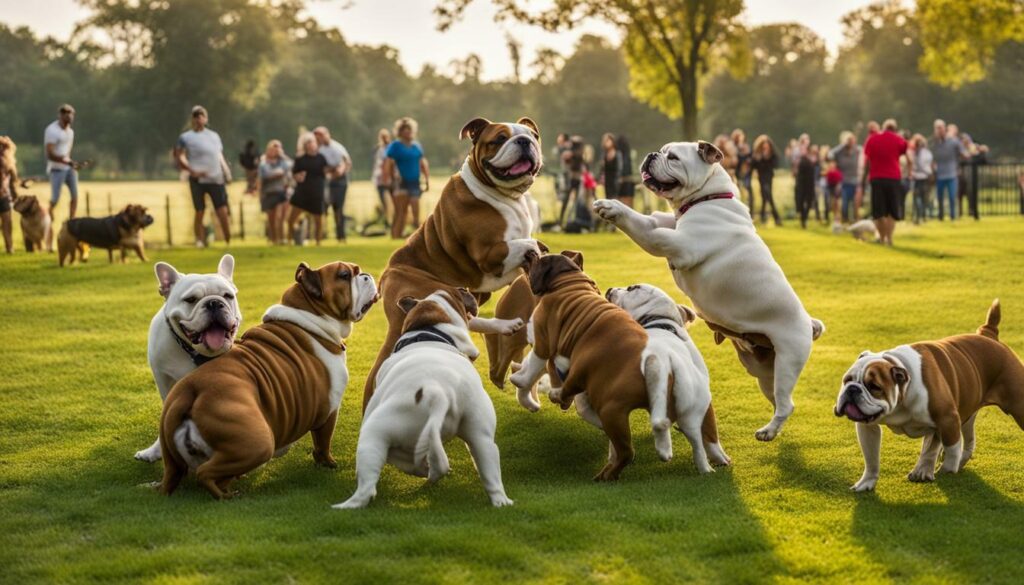
By prioritizing socialization, you can ensure your Bulldog is a happy, well-adjusted pet who is a joy to be around.
Bulldog Health: Common Health Issues and How to Prevent Them
Bulldogs are beloved for their unique appearance and lovable personalities. However, they are also prone to certain health issues that can impact their quality of life. By understanding these common health concerns and taking preventive measures, you can help your Bulldog live a happy and healthy life.
Breathing Difficulties
Bulldogs are brachycephalic, meaning they have a shortened snout and flattened faces. While this gives them their distinctive appearance, it can also lead to breathing difficulties, particularly when exercising or in hot weather. To prevent respiratory issues, avoid exercising your Bulldog in extreme temperatures and provide plenty of rest and shade. In severe cases, surgery may be necessary to correct breathing problems.
Skin Problems
Bulldogs are prone to skin allergies and infections due to their folds and wrinkles, which can trap moisture and bacteria. To prevent skin issues, regularly clean and dry your Bulldog’s skin folds. Additionally, regularly bathing and brushing your Bulldog can help remove dirt and allergens from their coat.
Joint Disorders
Bulldogs are susceptible to hip and elbow dysplasia, a condition where the joints do not develop properly, leading to pain and mobility issues. To prevent joint problems, avoid over-exercising your Bulldog and maintain a healthy weight to reduce stress on their joints. Additionally, providing joint supplements or medication as recommended by your veterinarian can help alleviate symptoms and improve mobility.
| Common Bulldog Health Issues | Preventive Measures |
|---|---|
| Breathing Difficulties | Avoid extreme temperatures and provide rest and shade |
| Skin Problems | Clean and dry skin folds, bathe and brush regularly |
| Joint Disorders | Avoid over-exercising, maintain healthy weight, provide joint supplements or medication as recommended |
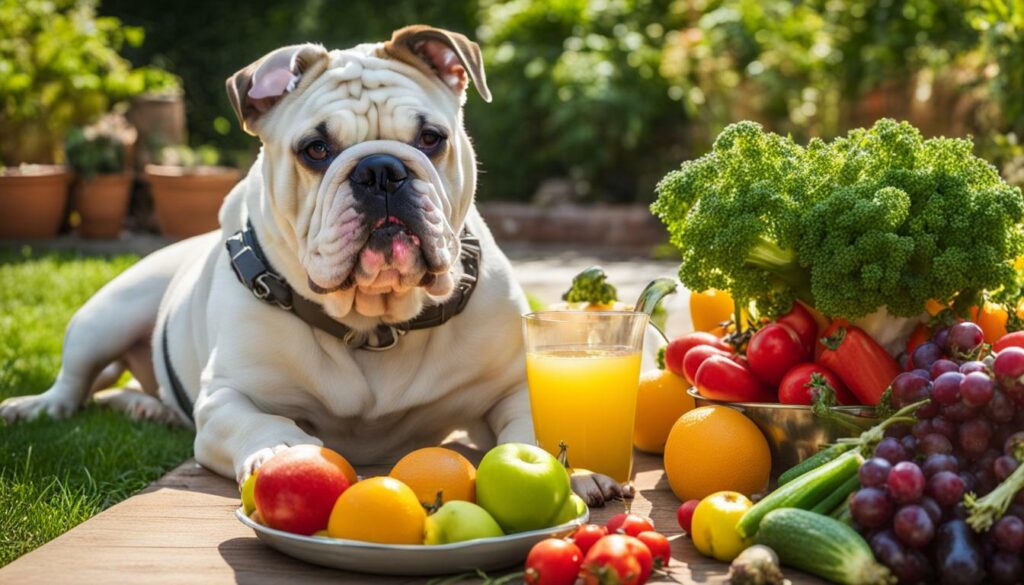
By understanding and addressing these common health issues, you can help your Bulldog live a long and healthy life. Regular visits to the veterinarian and attentive care at home are crucial for maintaining your Bulldog’s well-being.
Bulldog Grooming: Keeping Your Pet Looking and Feeling Great
Bulldogs have a unique coat that requires regular maintenance to ensure they look and feel their best. Regular grooming can prevent skin problems, eliminate odor, and reduce shedding. In this section, we will take a closer look at the grooming needs of bulldogs and provide you with tips and techniques to keep your pet looking great.
The Bulldog Coat: Understanding Your Pet’s Unique Needs
The bulldog coat is short, smooth, and shiny. They come in various colors, including white, fawn, or brindle. Despite their short fur, Bulldogs shed, and regular grooming can reduce shedding. Their coat also requires some specific care, including wrinkle cleaning and ear cleaning.
Start with brushing your Bulldog’s coat regularly with a soft-bristled brush to remove loose hair and dirt. Use a comb to go over the coat to catch any remaining knots and tangles. Pay particular attention to the folds and wrinkles on your bulldog’s face and tail. :
- Use a damp cloth to clean the wrinkles and folds, removing dirt, debris, and food particles that tend to accumulate.
- Keep the hair between the toes trimmed to prevent matting and reduce the risk of infection.
- Use a dog-safe shampoo and conditioner to wash your Bulldog’s coat every 4-6 weeks, or as needed to keep them clean and smelling fresh.
Bulldogs are prone to ear infections, so it’s essential to clean their ears regularly to prevent any buildup of dirt, wax, or moisture. Use a cotton ball or soft cloth to clean the ears, and avoid using cotton swabs inside the ear canal. Regular cleaning can help prevent ear infections and keep your Bulldog’s ears healthy.
Keeping Your Bulldog’s Nails, Teeth, and Skin Healthy
In addition to regular brushing and cleaning, bulldogs require other grooming activities to keep them healthy and comfortable.:
- Trim your Bulldog’s nails regularly to prevent them from getting too long and causing discomfort or pain. Use a sharp nail clipper and avoid cutting the quick (the live part of the nail).
- Brush your Bulldog’s teeth every day with a dog-safe toothpaste and brush to prevent dental problems, including tartar buildup and bad breath.
- Use a dog-friendly moisturizer, such as coconut oil, to keep your Bulldog’s skin healthy, moisturized, and reduce the risk of dryness and skin infections.
Remember to reward your bulldog with treats and praise throughout the grooming process to create a positive association with the activity.
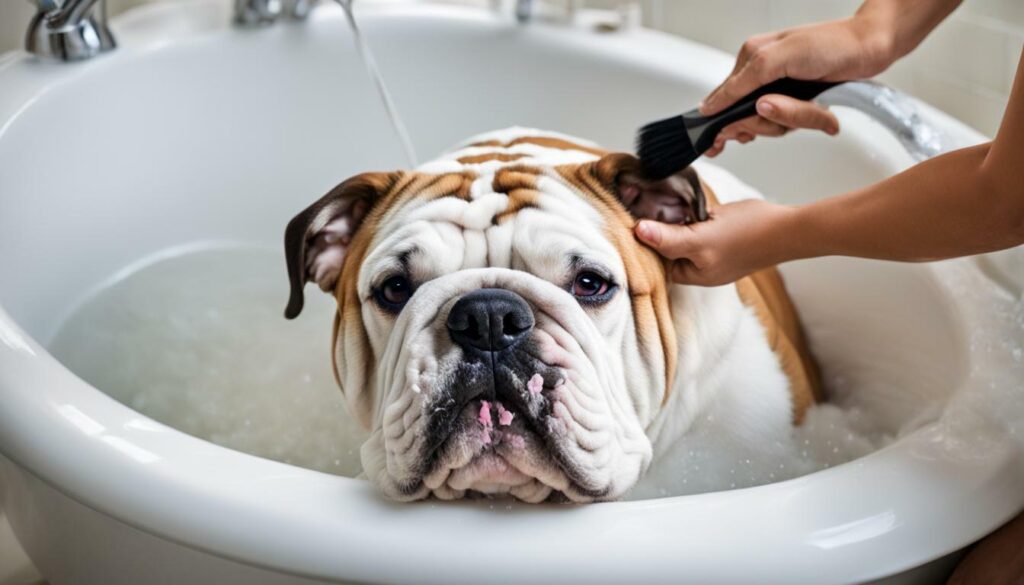
Regular grooming is an essential part of being a responsible bulldog owner. Proper grooming can help keep your Bulldog healthy, comfortable, and looking their best. By following the tips and techniques outlined in this section, you can ensure your Bulldog stays happy and healthy.
Feeding Your Bulldog: A Nutritional Guide
As a Bulldog owner, it’s essential to understand your dog’s nutritional requirements. A well-balanced diet will help keep your Bulldog healthy, active, and happy. In this section, we will provide you with a comprehensive guide to feeding your Bulldog.
Bulldog Diet Basics
Your Bulldog’s diet should consist of high-quality protein, essential vitamins and minerals, and healthy fats. Look for dog food that lists real meat as the first ingredient, such as chicken, beef, or fish. Avoid dog food that contains fillers, such as corn, soy, or wheat, as Bulldogs can have difficulty digesting these ingredients.
It’s also important to consider your Bulldog’s age, weight, and activity level when selecting a dog food. Puppies require more calories and nutrients than adult dogs, while senior Bulldogs may need a lower calorie and fat content in their food. Consult with your veterinarian to ensure your Bulldog’s diet meets their specific needs.
Feeding Schedule
Establishing a consistent feeding schedule is crucial for maintaining your Bulldog’s health. Most adult Bulldogs do well with two meals per day, while puppies may need three to four small meals throughout the day. Stick to a regular feeding schedule to help your Bulldog establish a routine and prevent digestive issues.
Dietary Issues
Bulldogs can be prone to obesity, so it’s important to monitor their weight and adjust their diet accordingly. Avoid overfeeding your Bulldog, and provide them with plenty of exercise to keep them active and healthy. Some Bulldogs may also have allergies or sensitivities to certain ingredients, so be sure to carefully read dog food labels and monitor your Bulldog’s reaction to new foods.

Conclusion
By following the tips and guidelines outlined in this nutritional guide, you can help ensure your Bulldog receives the proper nutrition they need to thrive. Always consult with your veterinarian to develop a well-balanced diet plan that meets your Bulldog’s unique needs and promotes good health.
Becoming the Best Bulldog Owner
Congratulations on taking the first step towards becoming a responsible and knowledgeable Bulldog owner by reading this comprehensive Bulldog Ownership Guide. By following the tips and techniques outlined in this guide, you will be well equipped to care for your Bulldog’s health and grooming needs, train them to be well-behaved, and foster positive interactions with other dogs and people.
Remember, owning a Bulldog is a long-term commitment that requires patience, dedication, and love. As you embark on this journey, always prioritize your Bulldog’s well-being and happiness. Make sure to provide them with a safe and comfortable living environment, plenty of exercise, and a nutritious diet.
Additionally, stay up-to-date on your Bulldog’s health by scheduling regular check-ups with a trusted veterinarian. Being proactive in identifying and addressing potential health issues can add years to your Bulldog’s life.
Finally, don’t forget to enjoy the many rewards of owning a Bulldog. From their affectionate nature to their amusing personalities, Bulldogs bring joy and companionship to their owners’ lives. By applying the knowledge you’ve gained from this guide, you will be well on your way to becoming the best Bulldog owner possible.
Thank you for choosing to read this Bulldog Ownership Guide. We hope you found it informative and helpful in your journey as a Bulldog owner.
FAQ
Q: What is the purpose of this Bulldog Ownership Guide?
A: The purpose of this guide is to provide essential tips and techniques to help you become a successful and responsible Bulldog owner.
Q: What will I learn about the Bulldog breed in this guide?
A: You will learn about the Bulldog’s characteristics, history, temperament, and physical traits.
Q: What kind of care tips will I find in this guide?
A: This guide offers care tips for grooming, maintaining your Bulldog’s health, providing a balanced diet, and incorporating exercise into their routine.
Q: Will this guide help me with Bulldog training?
A: Yes, you will find effective training techniques to teach your Bulldog basic commands, address behavioral issues, and foster good manners.
Q: How important is socialization for my Bulldog?
A: Socialization is crucial for raising a well-adjusted Bulldog. This guide provides tips on early socialization and fostering positive interactions.
Q: Are there any common health issues I should be aware of?
A: Bulldogs are prone to breathing difficulties, skin problems, and joint disorders. This guide covers common health issues and preventive measures.
Q: What are the grooming needs of Bulldogs?
A: Bulldogs have specific grooming needs for their coat, nails, ears, and teeth. This guide offers best practices and techniques for maintaining their grooming.
Q: Can I find guidance on feeding my Bulldog?
A: Yes, this guide provides a nutritional guide, including suitable food choices, portion sizes, and feeding schedules for your Bulldog.
Q: How will this guide help me become the best Bulldog owner?
A: By following the tips and techniques in this guide, you will become a responsible and knowledgeable Bulldog owner, creating a strong bond with your pet.
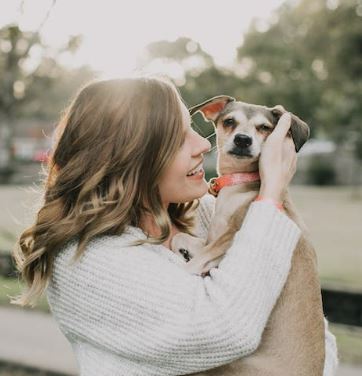
Marissa Delotta, 36, from Dayton, Ohio, is the creative force behind Roverboard.com, a beloved online destination for dog lovers. As a dedicated mom and canine enthusiast, Marissa combines her family experiences with her love for dogs to offer a platform where dog owners can exchange tips, heartwarming stories, and advice. Her website has become a vibrant community for sharing the joys of dog parenting. In her free time, Marissa enjoys exploring dog parks with her family and volunteering at local animal shelters.